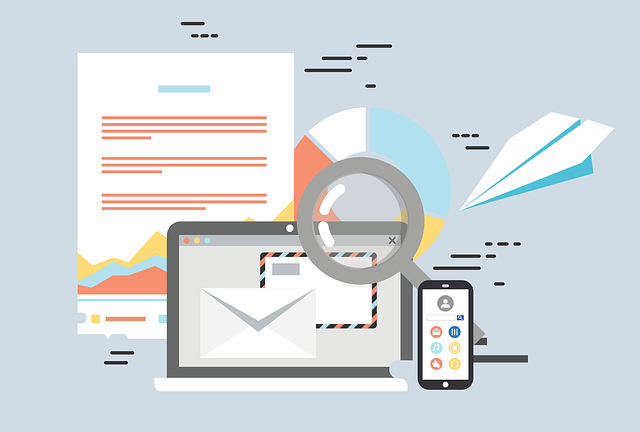AI voice bots are transforming business interactions by providing instant, cost-effective solutions for client inquiries, from basic to complex questions. In OSHA safety compliance, these bots automate protocol retrieval and explanation, track records, identify hazards, and suggest preventive measures, boosting workplace safety and regulatory adherence. Implementing AI in this area requires a strategic approach focusing on clear use cases, suitable AI platforms, quality data training, seamless integration with customer service channels, regular performance monitoring, feedback collection, and continuous improvements to enhance automation while adhering to industry regulations.
“Experience the future of client service with AI voice bots, revolutionizing the way businesses interact with their customers. This article explores the transformative power of artificial intelligence in seamlessly managing client inquiries. We delve into understanding AI bots and their crucial role in enhancing customer experience, especially in industries like construction, where OSHA safety compliance is paramount. Additionally, we provide a step-by-step guide to implementing these bots, ensuring a smooth transition towards automation.”
- Understanding AI Voice Bots and Their Role in Client Inquiries
- The Benefits of AI for OSHA Safety Compliance Automation
- Implementing AI Voice Bots: A Step-by-Step Guide to Seamless Integration
Understanding AI Voice Bots and Their Role in Client Inquiries

AI voice bots are transforming the way businesses interact with their clients, especially in handling inquiries. These advanced chatbots utilize artificial intelligence and natural language processing to understand and respond to customer questions in real time. By leveraging AI, these bots can provide personalized and accurate information, ensuring a seamless experience for users. They are particularly useful in industries like OSHA (Occupational Safety and Health Administration) safety compliance automation, where they can swiftly retrieve and explain safety protocols, guidelines, and regulations.
In the context of client inquiries, AI voice bots offer 24/7 availability, instant responses, and cost-effectiveness. They can manage a high volume of basic to moderately complex questions, freeing up human agents to handle more intricate issues that require empathy and nuanced decision-making. This efficient automation process not only improves customer satisfaction but also enhances operational productivity for businesses.
The Benefits of AI for OSHA Safety Compliance Automation

Artificial Intelligence (AI) is transforming industries, and its impact on occupational safety and health administration (OSHA) compliance is no exception. By implementing AI for OSHA safety compliance automation, organizations can streamline processes that were once time-consuming and prone to human error. AI voice bots, in particular, are capable of managing client inquiries seamlessly, ensuring immediate responses to safety-related questions.
This technology enables efficient tracking of safety protocols, accident reports, and training records, facilitating better decision-making for compliance officers. Moreover, AI algorithms can analyze vast amounts of data to identify potential hazards and suggest preventive measures, enhancing workplace safety overall. As a result, companies can reduce the risk of violations, fines, and more importantly, safeguard their employees’ well-being.
Implementing AI Voice Bots: A Step-by-Step Guide to Seamless Integration

Implementing AI Voice Bots for client inquiries involves a strategic, step-by-step approach to ensure seamless integration and optimal performance. AI OSHA safety compliance is a critical consideration from the outset, focusing on data privacy, security, and adherence to industry regulations. Organizations should define clear use cases for voice bots, mapping out specific client scenarios where automation can enhance efficiency.
Next, choose an AI platform that supports natural language processing (NLP) capabilities robust enough to understand diverse inquiry types. Training the bot with relevant, high-quality data ensures accurate responses and minimal misdirections. Integrate the voice bot into existing customer service channels—website, mobile apps, or CRM systems—for a cohesive user experience. Regularly monitor performance metrics, collect user feedback, and iterate on bot conversations to continually improve AI automation capabilities.
AI voice bots are transforming client interactions and enhancing OSHA safety compliance. By automating routine inquiries, these intelligent systems offer numerous benefits, including improved efficiency, reduced human error, and 24/7 availability. Implementing AI for OSHA safety compliance is a strategic move that can revolutionize how businesses manage workplace safety. Follow the step-by-step guide provided to seamlessly integrate AI voice bots into your operations, ensuring a safer and more responsive work environment.
